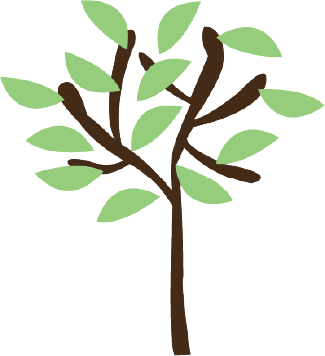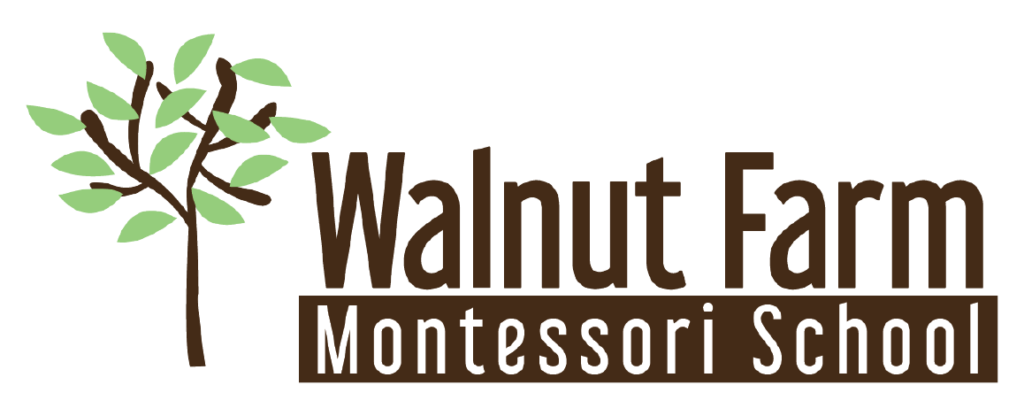Transitioning to Primary
A big question parents have for their older toddler is, “Is my child ready for Primary and what can we do?” How best can we prepare teachers, students, and parents for toddler transition for the next level? Observation of the child’s behavior is the most important task. We can observe definite physical, social, cognitive changes in the child.
Signs of readiness we observe in the classroom:
- Independence
- Spoken language
- Toileting
- Social awareness
- Concentration (especially with multi-step practical life activities)
There are lower teacher-to-student ratios in the toddler environments. The toddler environments are created for exploration and experimentation. Toddlers need many opportunities to practice doing things themselves, to master the coordination of moving their bodies, and managing their own basic needs. This is a time where we want to make sure we are not doing things to the child but letting them do or try to do on their own. A lot of this happens with toileting, dressing/undressing, and taking care of basic needs, such as serving their own snack.
When a child is showing signs of readiness emotionally, the child’s level of spoken language has noticeably advanced and they begin to demonstrate social awareness of the other children. We model grace and courtesy in the Toddler environment and always strive to be polite and intentional with the words we use. This social awareness helps with the development of empathy towards others.
The transition to Primary needs to be flexible to meet the needs of each individual child. When we have observed a child is ready to move on, we invite a Primary guide to come and observe that child as well. This not only lets us collaborate and reach a decision together, but also allows the Primary guide to learn a little about the transitioning child as well. We will also meet with the Primary guide to give them insight on the child’s likes/dislikes and other helpful information we have learned during our time with the child.
All the work in the Toddler environment has a purpose and builds towards supporting advanced work and preparation for the Primary. The goal is to establish strong, but developmentally appropriate foundational skills. It is up to the teacher to observe and provide those developmentally appropriate materials for all the children in their environment. The environments adapt to the individual child.
“To assist a child we must provide him with an environment which will enable him to develop freely. A child is passing through a period of self-realization, and it is enough simply to open up the door for him.”
-Maria Montessori, The Secret of Childhood
– By: Kendyll Murray

